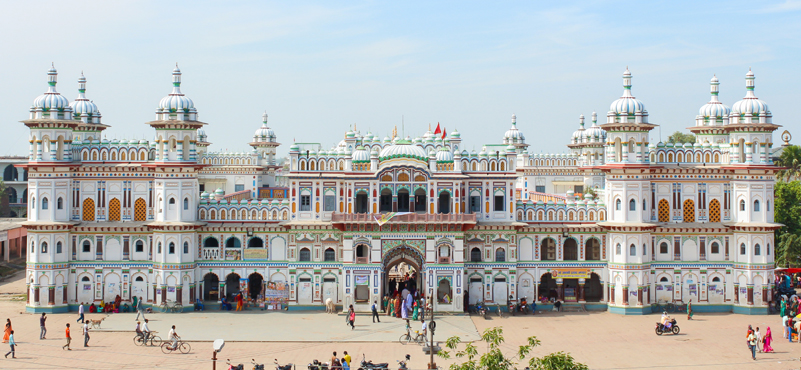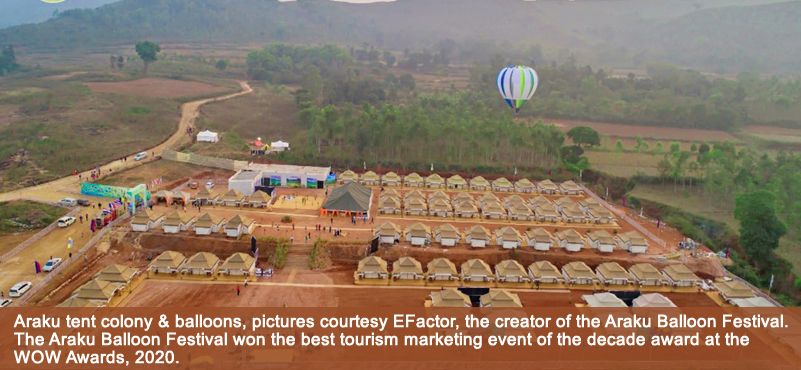H.E. Gustavo de Arístegui believes that linking Latin American cities to India via Spain could be a win-win situation for both the countries. He is hopeful that the bilateral footfall will surge with more exposure and Middle-Eastern refugee crisis will not have an impact on overall numbers. An excerpt of the conversation at his office:
What does tourism mean to Spain? How important it is for its economy and global positioning?
We are the second largest destination in the world, and indeed a world power, as far as tourism is concerned. It is almost 12 percent of our total GDP – which equates to about 140 billion euros. We have 4-5 of the biggest brand of hotels and probably the biggest brand in the Latin America and the Caribbean. The industry of tourism is extremely important to us, to the extent that there is, not only, official tourism schools around the country but dozens of private schools. We consider it as an extremely important component of engagement.
What are Spain’s unique advantages vis-à-vis destinations and tourism products?
We have a plethora of advantages, we are in a continent that in the north has less hours of sun and more cold months in the south in a relatively small space. In fact, we are peaking at about 73 million tourists this year and we do not count people going to Spain for business in it. So, visitors has to be in excess of a hundred million – which is easily more than twice our population!
We are a large country with a 7,800 kilometers of coastline having different climates ranging from cool and moderate to sunny and continental. If, you, compare with other countries, we have a relatively lower density of population as well – which gives us a large number of national parks that are protected by law. Spain has one of the largest numbers of world heritage sites and a long history of castles, cathedrals and monasteries. We have a staggering number of 20 cities that are included in the coveted list. It is one of the most diverse countries of Europe in terms of languages, history, culture and gastronomy. The shopping, meetings – like the world SMART city congress and world mobile congress in Barcelona – are all components that are our strength.
It must be a challenge, as well, to cater to such a swarm of visitors?
Well, it sure has enormous benefits for our economy but it also has tremendous burden for our service industry. It is true that we are one of the best countries as far as ratio of overall infrastructure to population is concerned – we have the biggest capacity of road network in the entire Europe.
Tell us a little bit about Indian outbound to Spain?
Well, they go to Spain for a different kind of tourism than others. They do not go for the beaches, or less and less of it – there are a lot of Indians that go to places like Marbella and Ibiza. But, a vast majority of Indians go to cities and they want to see culture and art, enjoy the culinary experience, shopping and essentially enjoy a vacation. We have a number between 1,29,000 and 1,50,000 tourists from India in 2014. We certainly hope that with direct air-connectivity this number will go much higher.
Is Europe the number one market for Spain?
It is an important market but not the only market. We are also getting a large number of Chinese travellers, Japanese and Latin American tourists. So we are very well spread out that way.
So, do you see an impact of the refugee crisis in Europe and volatility in the Chinese market on tourism in Spain and Europe?
Not to us. In the middle of the financial crisis – where a lot of people stopped travelling – we have had the best years of tourism in our history. It was the first time, recently, that we broke the 70 million inbound tourist barrier. Nobody thought that it was going to happen but the instability in the Middle East and the eastern Mediterranean is helping Spain. By and large we have similar elements to offer but in a politically peaceful environment with competitive prices and much better service. It is true that there has been a fall in Russian numbers but there has been a phenomenal increase in the number of Latin American tourists. So we are confident of good inflow in the days ahead as well.
Tourism is an important indicator of bilateral relations. What is your take on the state of tourism between the two countries?
Tourism is, indeed, an important indicator of the bilateral relations, but tourism between the two countries is not anywhere near as it should be. And there are several reasons for this. There is a lack of mutual knowledge about our two nations and there is, of course, a hindrance of not having direct air-connectivity.
Yes, I wanted to come to that. There is no direct air-connectivity which is a huge setback for the tourism industry.
We are hoping that Iberia – Spain’s largest airline – receives new air-planes soon which will be used for long-haul flights. As you are aware that Latin America is a huge market for us and through Iberia we are connecting old and new routes like Nicaragua and Havana to Madrid and other cities. We connect all the major cities of Latin America like no other. So, we are trying to advertise to our Indian partners that they must come forward to cash in the growing interest about India in Latin America. You would need connectivity to tap that potential and Middle-east is not the best option at hand. The gulf carriers only go the main cities and not to all the cities. And the shortest way to reach Latin America – which does not have direct air-connectivity – is through Madrid. This could mean a phenomenal opportunity for the Indian carriers.
So has anything moved for good?
We were in talks with Air-India and there were some advance studies done. The previous chairman of Air-India visited Spain for a very successful mission – which I, myself, attended. The meeting was attended by all the major stakeholders of aviation in Spain. We hope that the study will conclude favourably and we can mutually benefit from it. Then, of course, Iberia, when receives new aircrafts, could think of opening some Asian routes and it is been rumored that Tehran, Tokyo and may be India are possible destinations.
Third possibility – again speculation – is that an airline like Vistara might fly to Spain. It will be a great move, as other Indian carriers go to usual places that are saturated markets. Madrid has not saturated, the airport has a built capacity of over a 100 million passengers and right now it is servicing about 50 million. It is a two-way street which will, also, get more Latin American and Spanish tourists to Indian shores.
How do you view cinema as tool to bolster tourism?
Look, there is no denying the fact that Bollywood has played a crucial role in creating an image in the minds of Indian travellers. The number of Indian tourists doubled in the year following the movie ‘Zindgi milegi na dobaraa’. It was a turning point for us. Even the King saw the movie. Look what it has done to Switzerland, Prague and Berlin. A lot of tourists coming to Spain even want to take the same route as shown in the movie. We are promoting other movies to be shot in Spain. We have a single-window clearance system and maintain a very tight link with the film and television producers’ guild of India.
Spain has some of the best-preserved castles in the world. Do you think heritage-reconstruction could be a major area of alignment between the two countries?
Absolutely. We would be delighted to work with our Indian partners to share our expertise in this field and, frankly, we are very good at it. With such a vast repository of ancient heritage and monuments, India could be a wonderful country to work with.




































